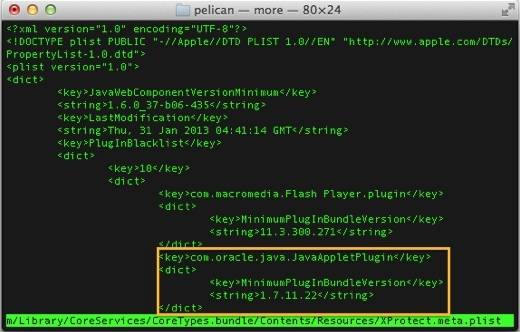Filthy! old! blog! bug! blamed! for! Yahoo! webmail! hijacks!
Yahoo! webmail accounts are being hijacked by hackers exploiting an eight-month-old bug in the web giant’s blog, security biz Bitdefender warns.
Messages with a short link to an apparently harmless MSNBC web-page are being spread to compromise mailboxes: the link actually points to a completely different website hosting malicious JavaScript code that swipes the victim’s browser cookie used to log into Yahoo! mail.
Once this cookie is in the hands of miscreants, they can use it to access the vicim’s mail account. The domain serving up this cross-site scripting attack code was registered in Ukraine on 27 January and the web server is hosted in Cyprus.
The JavaScript exploits an old WordPress blog security hole in developer.yahoo.com to lift the user’s the mail.yahoo.com cookie. Using this harvested information, crooks can masquerade as the victim to send spam or pinch contacts’ e-mail addresses.
“The attack focuses on the Yahoo Developers Blog, which uses a buggy version of WordPress that has a security flaw known as CVE-2012-3414,” said Catalin Cosoi, chief security strategist at Bitdefender, referring to this Flash applet bug.
“This flaw has been patched since WordPress version 3.3.2. Since it is located on a sub-domain of the yahoo.com website, the attackers trigger the bug and pass a command that steals the cookie and sends it ‘home’. At this point, they have full access to the victim’s contact list until the current session expires or the user logs out.”
Bitdefender said the ongoing campaign highlights two risks: the dangers of clicking on links in emails and problems that can arise when a website is vulnerable to cross-site scripting attacks, a common class of security vulnerability. The Yahoo! hijack also illustrates the important role played by cookies in applications such as webmail.
“Security on the web is based on the same-origin policy, a complex mechanism that won’t allow Site A to access resources of Site B, such as cookies,” Cosoi said.
“Cookies are small snippets of text created when the user logs into a system, and they are used to (among other things) remember that the account holder has already passed the authentication once. Otherwise, the user will have to log in whenever they read another e-mail or when they navigate from one page to another.
“So, in this context, it is obvious that a piece of code running on Site A can’t steal a cookie set by Site B. However, a subdomain of Site B can access the resources of Site B, and this is what the attackers did.”
Bitdefender has a write-up of the attack on its antivirus labs blog here. ®
Article source: http://go.theregister.com/feed/www.theregister.co.uk/2013/02/01/yahoo_webmail_hijacks/
